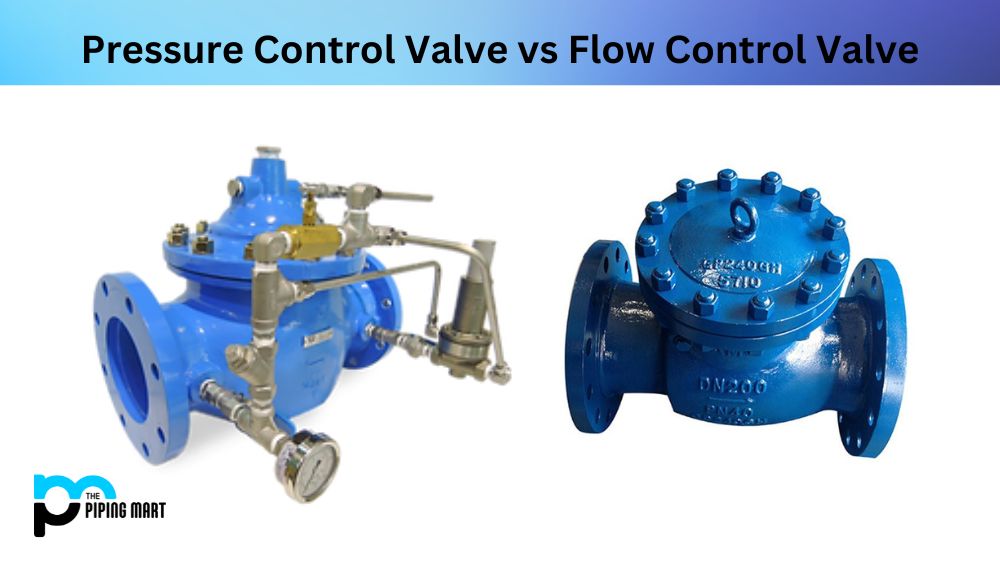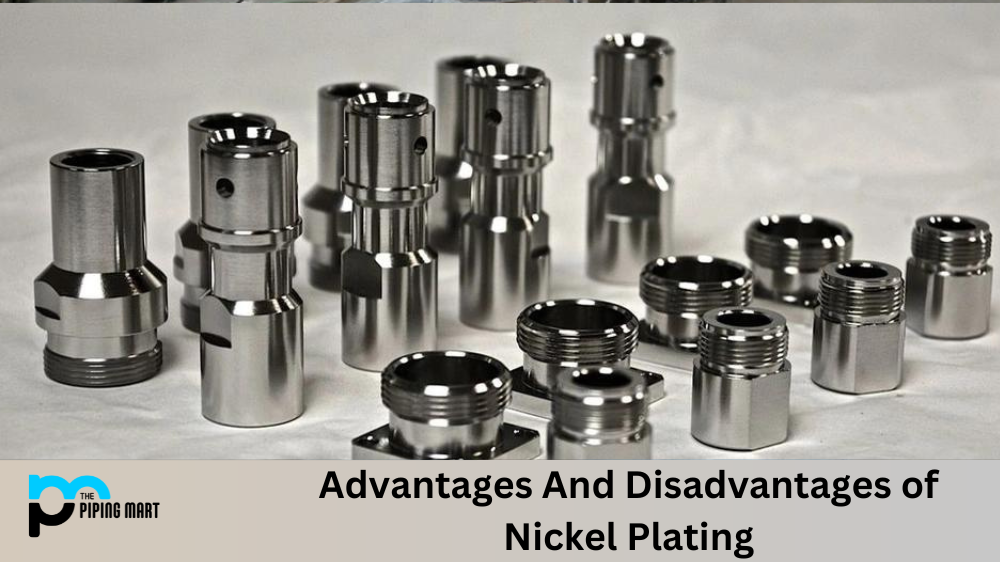If you’ve worked with hydraulic systems, you might be familiar with pressure and flow control valves. But do you know the difference between them? Both perform critical functions in regulating the flow of fluids in a hydraulic system, but understanding their differences is essential to ensuring optimal system performance. In this blog post, we’ll explore the differences between pressure control valves and flow control valves, including their functions, features, and applications.
What is Pressure Control Valve?
A Pressure Control Valve is a type of valve that maintains constant pressure in process systems and pipelines. It works by adjusting the flow rate according to the required pressure, creating an accurate balance between supply and demand. In general, Pressure Control Valves provide reliable, smooth operation with excellent control characteristics.
What is Flow Control Valve?
A flow control valve is a device used to manually regulate the rate of flow in a system or process. It helps to maintain the pressure, temperature, and fluid levels within an allowable range. Flow control valves also provide protection against overpressure and backflow. They are typically made from metal or plastic and can be used in both liquid and gas applications.
Difference Between Pressure Control Valve and Flow Control Valve
Function
A pressure control valve regulates the pressure of hydraulic fluid, maintaining it within a predetermined range. It ensures that the system operates efficiently, preventing overpressure, which can damage components and reduce the system’s lifespan. A flow control valve, on the other hand, maintains a constant flow rate regardless of pressure variations. It controls the speed of actuator movement and maintains consistent performance under varying load conditions.
Design
Pressure control valves come in various designs, including relief, reducing, sequence, and unloading valves. Each type functions differently, but the primary goal is to keep the pressure within the system’s parameters. A flow control valve is usually a needle valve or orifice that restricts fluid flow, maintaining a specific flow rate. The valve can either be adjustable or fixed, depending on the application.
Features
Pressure control valves have various features, including adjustable pressure settings, remote control, and various pressure ranges. They can provide smooth or abrupt pressure control changes, depending on the application. Flow control valves also have adjustable features, which are convenient for controlling the rate of cylinder extension and retraction. They can either be manual or automatically controlled, depending on the application requirements.
Applications
Pressure control valves are suitable for applications that require stable pressure, such as machine tools, hydraulic presses, and injection moulding machines. Flow control valves are ideal for applications that require controlling the rate of actuator movement, such as conveyor belts, drilling machines, and loading equipment. Both valves are essential in hydraulic systems, but understanding their applications helps select the right valve for optimal system performance.
Advantages and Disadvantages
Pressure control valves offer the advantage of protecting hydraulic components from overpressure, ensuring the system’s longevity and reliability. However, they can cause pressure spikes when transitioning between settings, interfering with the system’s performance. Flow control valves offer precise cylinder speed control, reducing wear and tear and increasing efficiency. However, they may cause heat generation, reducing the system’s energy efficiency.
Conclusion:
In conclusion, pressure and flow control valves are crucial components of hydraulic systems. They regulate pressure and flow, respectively, ensuring the system operates efficiently and optimally. Understanding their differences can help select the right valve for optimal performance, reducing system downtime and maintenance costs. Whether maintaining an existing hydraulic system or designing a new one, choosing the right valves is essential for achieving optimal performance.

Hey, I’m Krutik, a casual blogger expert in the metal industry. I am passionate about providing valuable information to my readers. With a background in engineering and construction, I like playing Cricket & watching Netflix shows in my free time. Thank you for visiting my blog, and I hope you find my information helpful!




